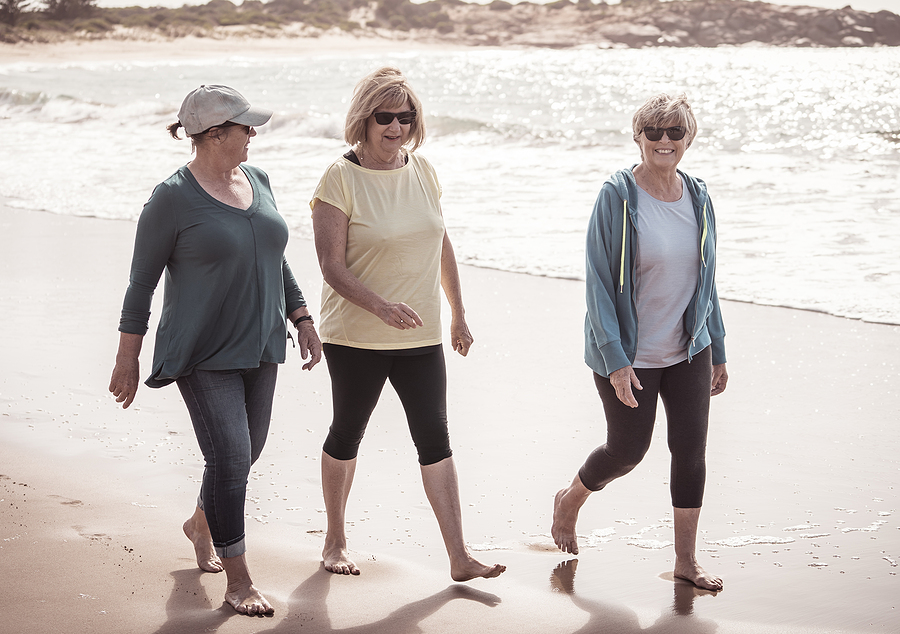It’s an old debate. If we’re overweight or obese but active, does our activity counter those extra kilos? The answer seems to be in.
It came via a Spanish study of insurance company data on over 500,000 working people. Their average age was early 40s and about a third were women.
The researchers set out to investigate the connection between BMI (a measurement based on weight and height), how active people said they were, and their medical information — especially their cholesterol and blood pressure, and whether they had diabetes.
The medical data were meant to indicate the likely risk of cardiovascular disease. ‘Cardiovascular disease’ is an umbrella term that includes heart disease, stroke and blood vessel disease (such as peripheral arterial disease).
All of this information was fed into a computer and the statistical links calculated.
About 40% of people were overweight and 20% were obese. Most (64%) were on the inactive end of the spectrum, 24% were active, and the other 12% did some activity but not enough to provide a health benefit.
Thirty percent had high cholesterol, 15% had high blood pressure and 3% had diabetes.
The results reinforced the health benefit of being active, and that any activity was better than none. As people got heavier and less active their cardiovascular risk factors — especially diabetes and high blood pressure — increased.
Cholesterol didn’t vary much between groups, possibly because it’s not a particularly accurate indicator of a person’s risk of cardiovascular disease.
At this age, normal weight people didn’t have too many problems. If they did carry some excess the best bet was to be overweight and active. Health issues ramped up as they moved from there to being overweight and insufficiently active, overweight and inactive, obese and active, obese and insufficiently active, and obese and inactive.
Interestingly, this showed up even more clearly in women than men. For instance, overweight or obese women were at greater risk of high blood pressure than men at every activity level.
But what can you take from this if your 40s were a long time ago? Before we even consider activity levels or weight, it’s important to recognise that age and menopause can increase our risk of high blood pressure and chronic diseases such as diabetes.
And while a few extra kilograms mightn’t make a huge difference, there’s a ton of evidence pointing to the danger of being sedentary and obese.
Most studies have limitations and here are three that apply to this one.
First, any research that talks about associations or links between data can only point out that there’s a pattern here. It can’t prove anything. Having said that, the results were very convincing.
For example, obese inactive women were seven times more likely to have high blood pressure and over six times more likely to have diabetes than normal weight active women.
Second, we human beings aren’t great at recalling or estimating how much activity we do. We’re inclined to make ourselves look a bit better when we’re asked these kinds of things.
And third, it’s possible that the problem isn’t so much a person’s weight as the actual food they eat. There’s likely to be a connection between those, but since the researchers didn’t look at diet, we can’t rule that out.
Still, it’s a tidy study that’s probably as good as it gets in answering the question of whether being active can make up for extra kilos.
And as we get older, its message to get moving and keep our weight within reasonable limits matters even more.
Photo Source: Bigstock

